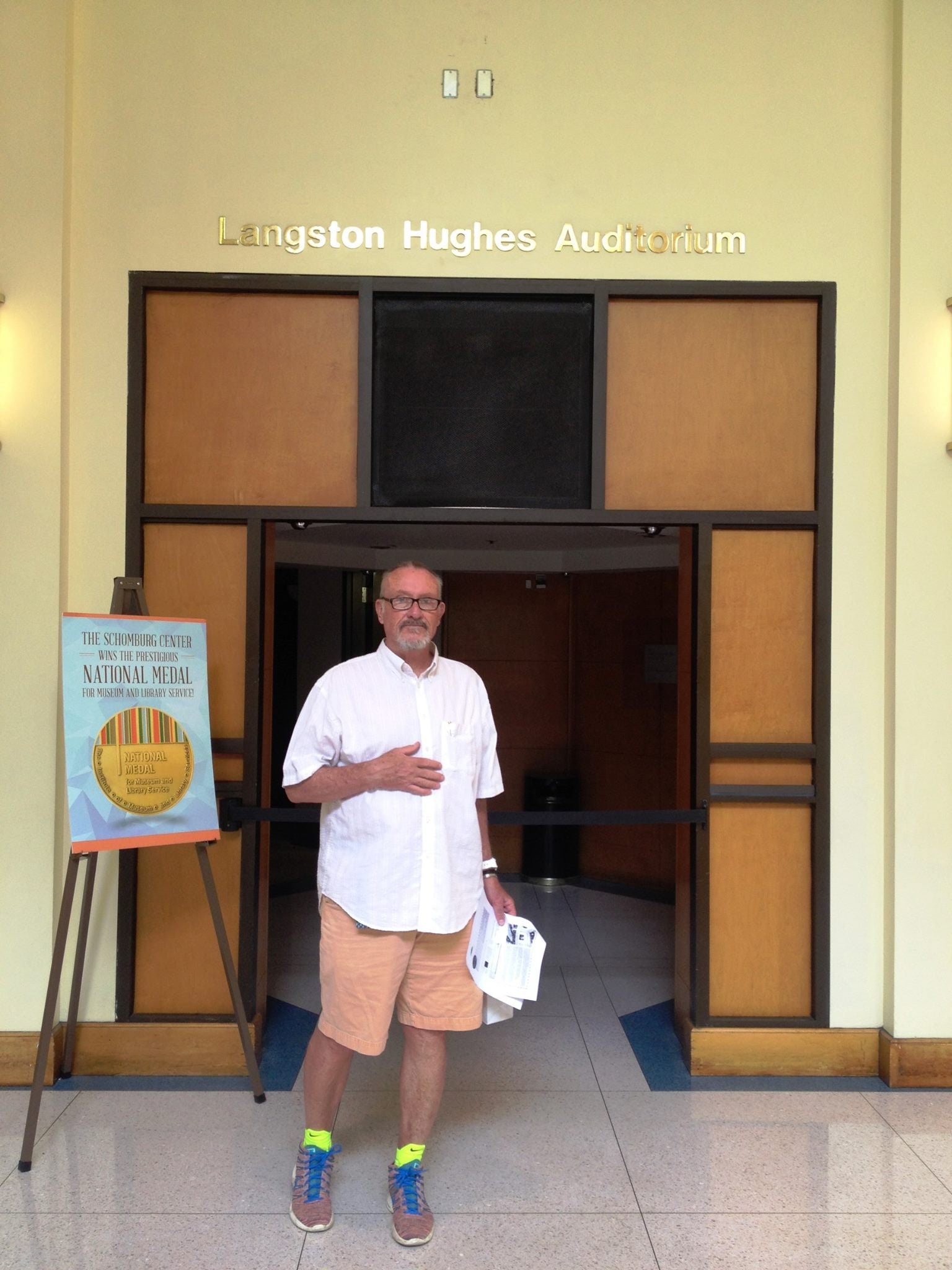Modern Politics: "Bring the War Home," Kathleen Belew
Bring the War Home follows the formation of the white power movement, its war on the state, and its apocalyptic confrontation with militarized state power. Part I documents the role of violence in motivating and constituting the movement. Chapter 1 traces the creation of a Vietnam War narrative that united the movement and inspired its paramilitary culture and infrastructure. Chapter 2 shows how paramilitary training camps worked to form white power groups and augmented their capacity for violence. In Chapter 3, I discuss the formal unification of the movement through a common experience of violence: the 1979 mass shooting of communist protestors in Greensboro, North Carolina. Chapter 4 documents the intersections between white power and other forms of paramilitarism by focusing on transnational antidemocratic paramilitary combat by mercenary soldiers, some with movement ties.
Part II turns to the white power revolution declared in 1983. At this point, the movement definitively distinguished itself from previous vigilante mobilizations, such as the earlier Ku Klux Klan, whose perpetrators claimed to act for the good of the state or to uphold its laws. In Chapters 5 through 7, I examine the movement’s declaration of war, use of early computer networks, and deployment of cell-style organizing. Critical to these efforts were attempts, some successful, to obtain stolen military-grade weapons and matériel from the state. I also recount the acquittal of thirteen movement activists on federal charges including seditious conspiracy. Their defense, based on a purported need to protect white women, demonstrates that even though white power broke away from earlier white supremacist movements, it maintained a degree of ideological and rhetorical continuity with them—even as it turned to newly violent antistatism in its revolutionary actions.
Part III describes the crescendo and climax of white power revolution in which groups both confronted and participated in events characterized by apocalyptic, world-destroying violence. Although many were killed and others were harmed, the effort never achieved the biblical scale activists had anticipated. The movement was inflamed by encounters with state power, such as the standoff between federal agents and a white separatist family at Ruby Ridge, Idaho, and the siege of the Branch Davidians in Waco, Texas. Cataclysmic, militarized state violence helped to inspire the growth of militias, leading to the Oklahoma City bombing. That act stands as the culmination of two decades of white power organizing and is the most significant single event in the movement’s history.
The bombing destroyed an edifice, lives, and families, but not only those. It also shattered meaning, wiping out a public understanding of the white power movement by cementing its violence, in public memory, as the act of a few men. Despite its many attempts to disappear, and despite its obscurity even at the height of its strength during the militia phase, the movement left lasting marks on mainstream American politics and popular culture. It has continued to instigate and shape violence years after the Oklahoma City bombing.
The story of white power as a social movement exposes something broader about the enduring impact of state violence in America. It reveals one catastrophic ricochet of the Vietnam War, in the form of its paramilitary aftermath. It also reveals something important about war itself. War is not neatly contained in the space and time legitimated by the state. It reverberates in other terrains and lasts long past armistice. It comes home in ways bloody and unexpected.
58 pages; 24,896 pages; visuals
Share
Mr. Brovsky's Vault
To thine own self. be true.

Mr. Brovsky's Vault is filled with Secondary (10-12) Lesson plans for year-long and semester classes in the Humanities.


